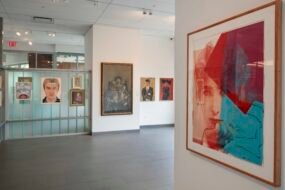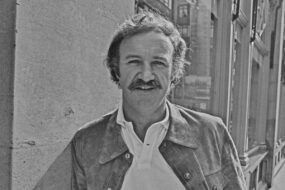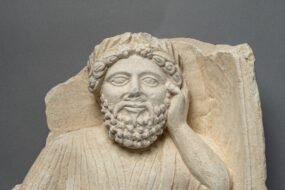
“A collection of paintings isn’t like a stock portfolio,” the Parisian art dealer Berthe Weill declared in her 1933 memoir, “Pow! Right in the Eye!” She was lamenting that novice collectors of the era were overly concerned about whether the value of her emerging artists would rise. “I was afraid they had neither confidence nor perseverance,” she wrote.
Weill often turned away clients she deemed insufficiently committed. But she did encourage others to make the leap, including Gertrude Stein and her brothers, Leo and Michael, who frequented Galerie B. Weill, which she opened in 1901 when no other dealer in Paris specialized in young artists. “‘Trust me, you should buy Matisses’, I told them,” Weill recounted, adding, “They weren’t ready yet.” In 1902, Weill was the first dealer in town to exhibit Henri Matisse. “They made up their minds soon enough, however, and started buying hand over fist (not from me).”
Such was the fortune of this prickly, forthright gallerist, barely five feet tall and a self-proclaimed “terrible businesswoman” with a “difficult personality” who nonetheless possessed the eye and gumption to go to bat for untested artists — and kept the doors of her shoestring gallery open for four decades. She was the first dealer to sell works by Pablo Picasso in 1900, the first to give Diego Rivera a solo show in Paris in 1914 and the only one to give Amedeo Modigliani a solo show in his lifetime, in 1917 — causing a scandal on opening night.
Modigliani’s paintings of nude women with pubic hair, visible in the front window, stopped traffic and landed Weill in a face-off with the police commissioner who ordered her “to remove all that filth,” Weill wrote in her memoir. “Fortunately, some connoisseurs don’t share that opinion,” she retorted, before complying. One of those nudes, “Nu Couché (Sur le Côté Gauche),” sold at Sotheby’s New York in 2018 for more than $157 million.
Yet outside of passing mentions in studies of those artists and in Gertrude Stein’s “The Autobiography of Alice B. Toklas” (1933), Weill’s central role in championing radically new art in early 20th-century Paris has been almost completely overlooked by art history, even as her male competitors — including Ambroise Vollard, the Bernheim-Jeune brothers, and Daniel-Henry Kahnweiler — are storied (and lured many of the artists she discovered to their own better-financed galleries).
“Make Way for Berthe Weill: Art Dealer of the Parisian Avant-Garde,” opening Oct. 1 at the Grey Art Museum at New York University, aims to restore the record and create a portrait of Weill (pronounced “Vay”) through the artists she took a chance on. It includes about 110 works by her stars — Picasso, Matisse, André Derain, Maurice de Vlaminck, Raoul Dufy, Georges Braque and Fernand Léger — as well as lesser-known names such as Suzanne Valadon and Émilie Charmy. (Of nearly 400 exhibitions mounted by Weill, almost one-third included female artists.)









